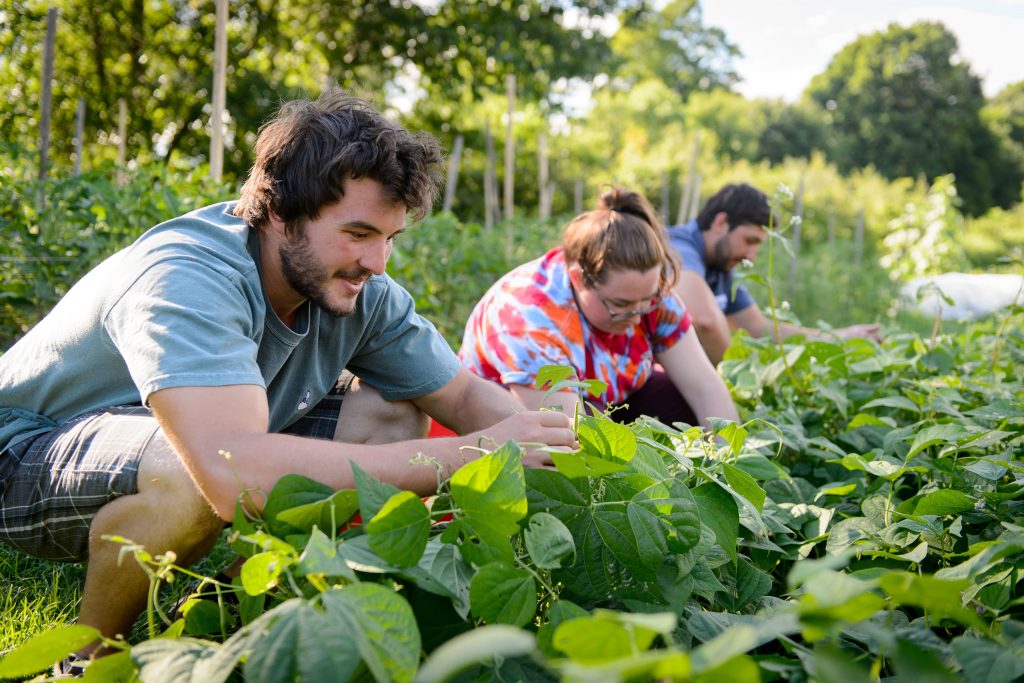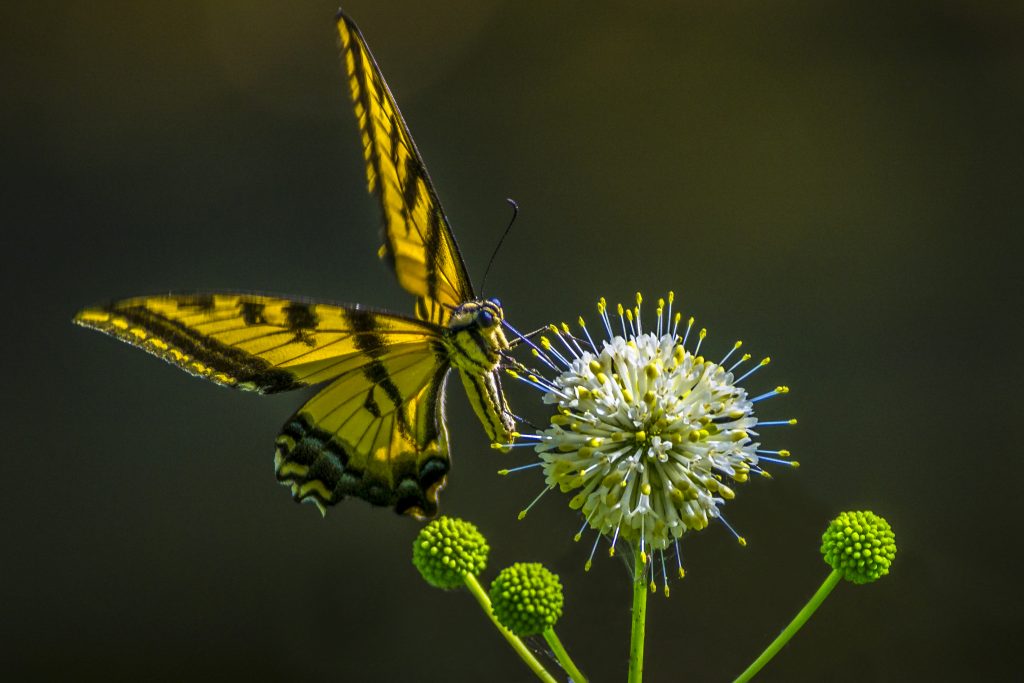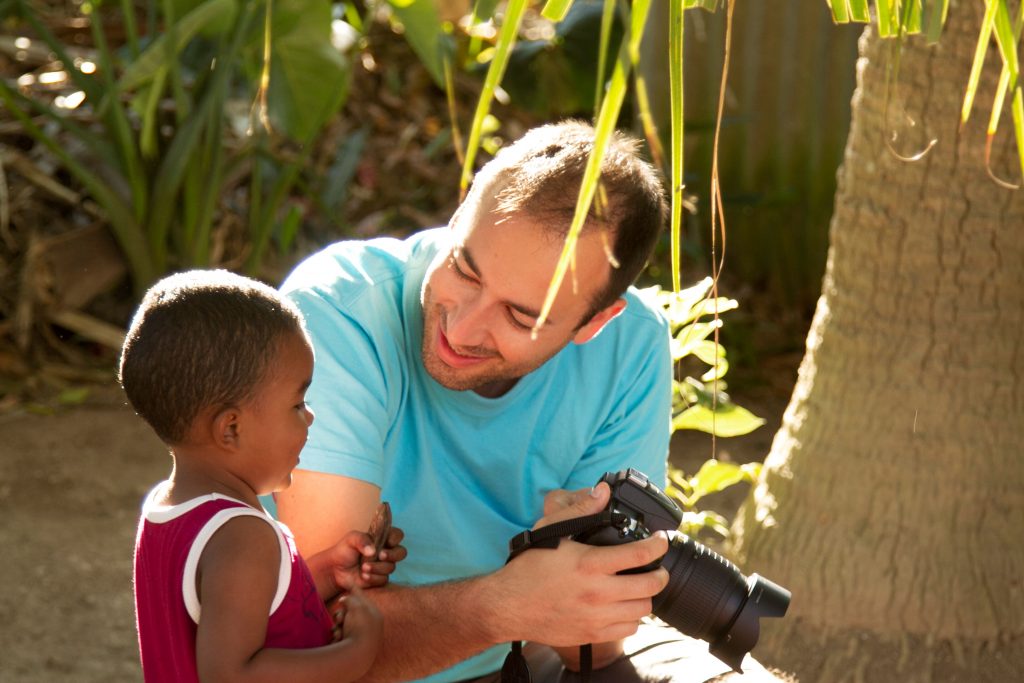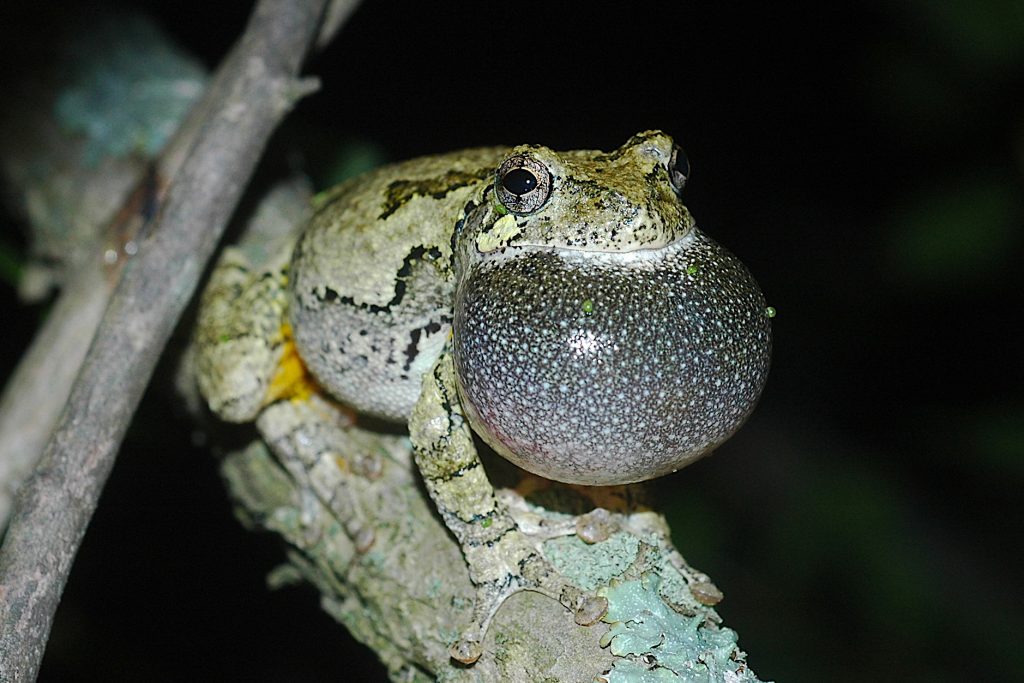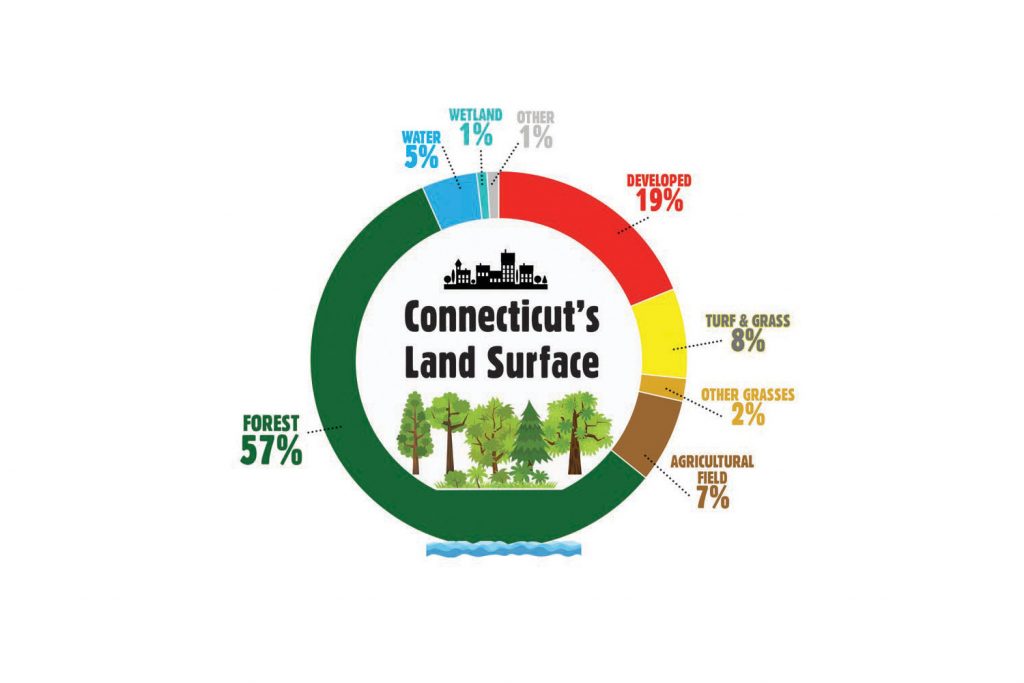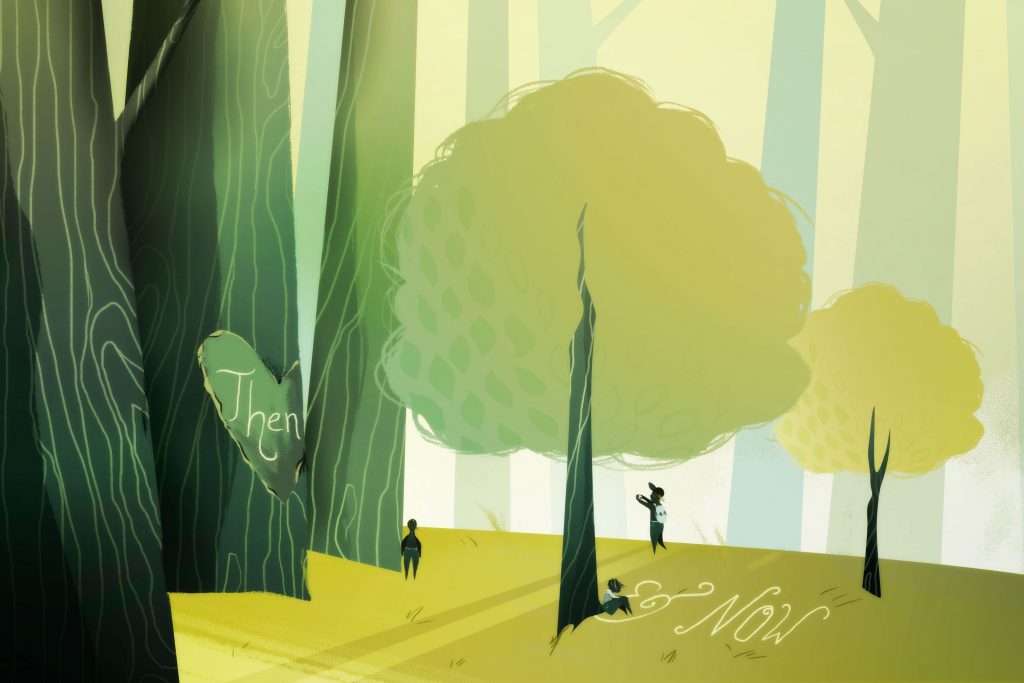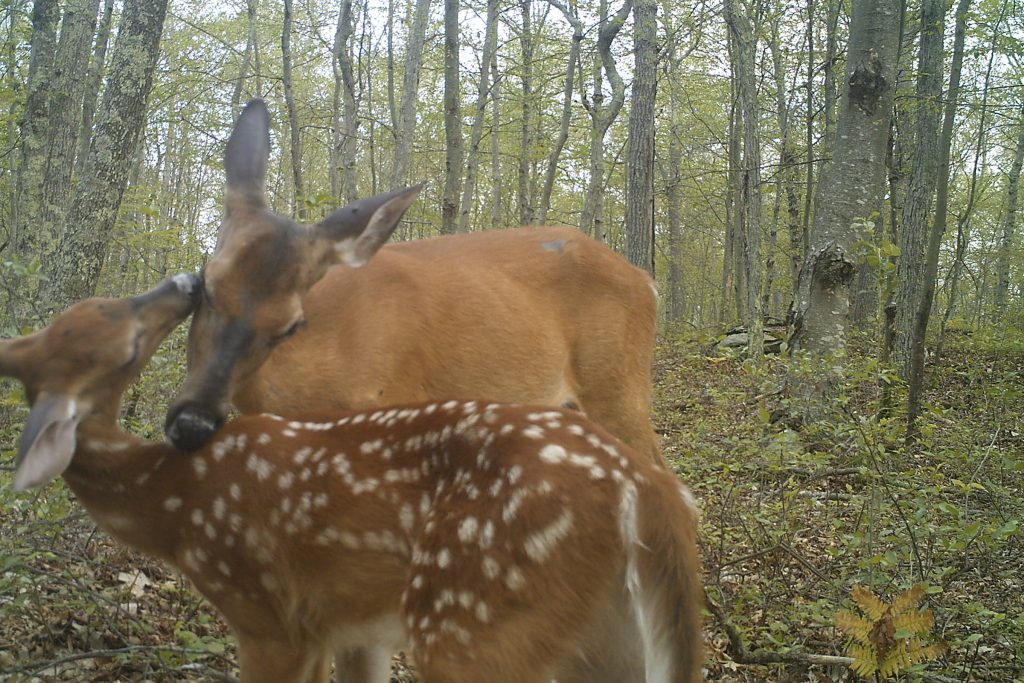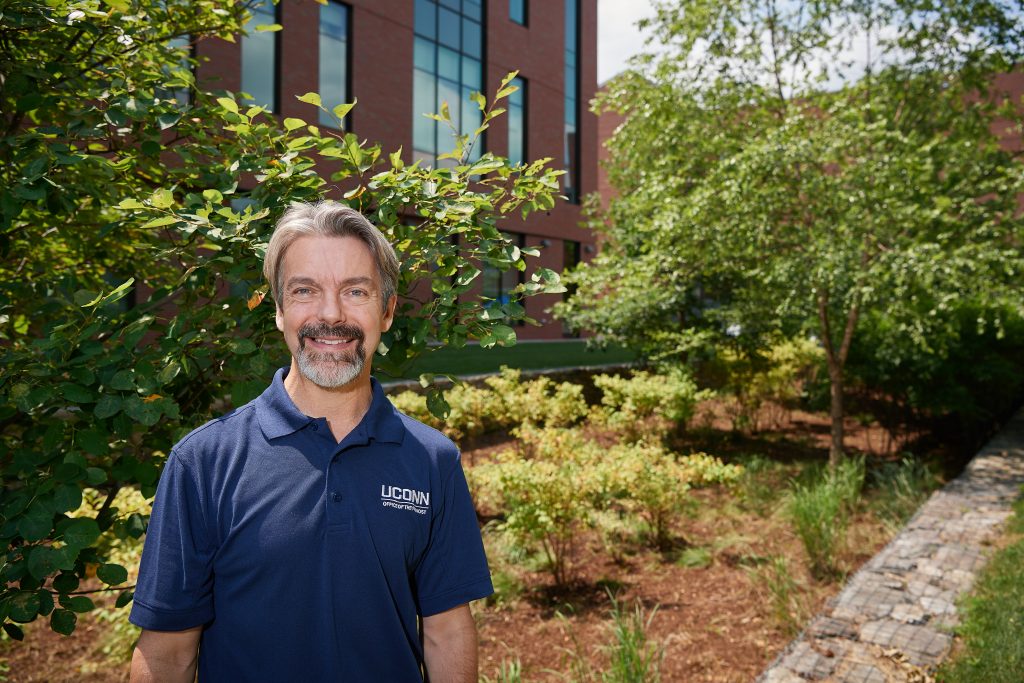
Elaina Hancock
Author Archive
Sierra Club Ranks UConn a Green Campus Leader Again
One area where UConn consistently excels is dining services. Sustainability efforts include sourcing food from small, community-based and locally owned farms.
August 27, 2018 | Elaina Hancock
Changing the Landscape – Invasive Plants
Plant science professor Jessica Lubell on invasive plant species and her work to identify native species as alternatives for landscaping purposes.
August 23, 2018 | Elaina Hancock
Snapshot: Dimitris Xygalatas in Mauritius
UConn anthropologist Dimitris Xygalatas shares his photos from the field.
August 21, 2018 | Elaina Hancock
Snapshot: Chris Elphick in Myanmar
Researcher Chris Elphick shares photos from Myanmar, where he helped survey species of waterbirds, including a critically endangered sandpiper.
August 16, 2018 | Elaina Hancock
Nature and Knowledge at Our Doorstep
Students exposed to nature, some for the first time, soon become fascinated and eager to learn more.
August 15, 2018 | Elaina Hancock
Preserving Green Spaces in Connecticut’s Changing Landscape
Smart land use management is critical in order to preserve open space, says extension educator Chester Arnold. 'It isn’t something we can go back and fix later on.'
August 9, 2018 | Elaina Hancock
Connecticut’s Forests Today a Far Cry from Towering Giants of Old
'We tend to look at deforestation in areas like the tropics, but we should also look at what is happening in our own backyard,' says researcher John Volin.
August 1, 2018 | Elaina Hancock
Camera Traps, Citizen Science, Help Track State’s Animal Populations
In order to conserve the species that are here, we have to know more about what we have. UConn researchers are collecting data on animals and birds in the state.
July 25, 2018 | Elaina Hancock
From Cradle to Grave: Model Identifies Factors that Shaped Evolution
The study, published today in Science, brings us closer to knowing the complex interactions between topography and climate change, and how these factors influence the evolutionary histories.
July 19, 2018 | Elaina Hancock
Working Toward Sustainable Solutions
Introducing a new series about UConn environmental research, vice provost John Volin says the political focus on climate change often overshadows important issues of environment and sustainability.
July 12, 2018 | John Volin, vice provost for academic affairs
